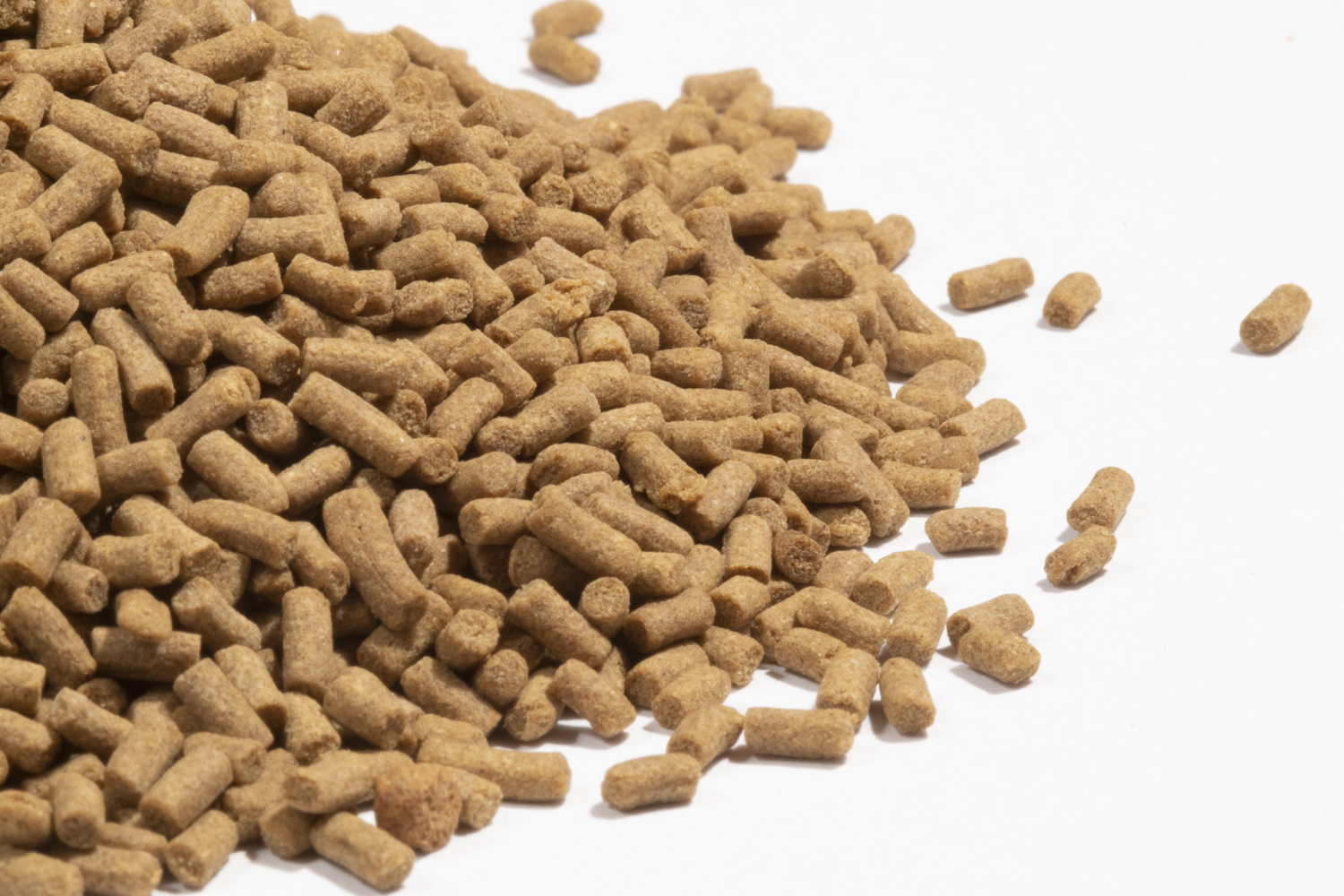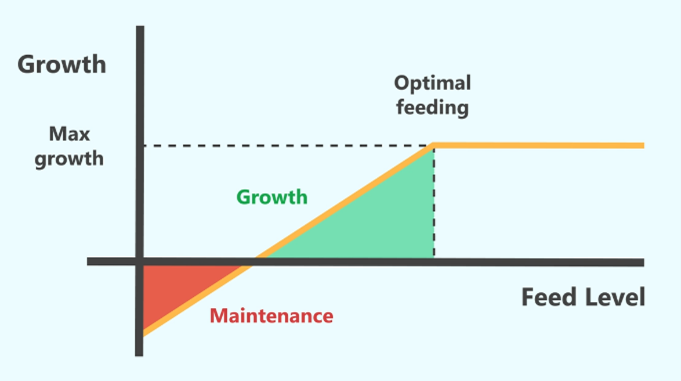In aquaculture, good feed management is an essential driver of optimal growth. A high feed intake is only possible when the circumstances in the production unit allow it. Meaning that there is enough dissolved oxygen present as well as an acceptable ph and level of ammonia and nitrites in water. That stressors are kept to a minimum and that the animals are not plagued by pathogens. This being said, there is a thin line between underfeeding overfeeding and feeding the optimal amount of feed.
Feeding Done Right Tanja van Dongen, portfolio manager Skretting MEA

Before going into detail on feed volumes, I’d like to emphasize that the first step into optimal feed management is providing your fish or shrimp an extruded diet that is specifically formulated for the species and life stage that you are farming. A starter diet for sea bream is entirely different from a grower diet for tilapia. Both in type of ingredients used as well as in the nutrient composition. Simply because both species and life stages have very different nutritional needs.
Fish and shrimp, but really all growing animals including humans, require a certain amount of nutrients per day for body maintenance. Body maintenance are all processes to stay alive. The energy needed to breathe, digest food, perform cell renewals and many more. Any additional nutrients on top of what is needed for body maintenance can be used for growth.

We define growth as lean increase in bodyweight. Ideally we target an increase in protein rich muscle tissue, the fish fillets that the end consumers eat.
There is a maximum amount of growth that can be obtained on a daily basis. This corresponds with a certain amount of nutrients that can be converted into body tissue and is directly linked to the appetite of the animal. When fish and shrimp have reached their optimal nutrient intake for that specific moment, they will stop eating, regardless of whether there is still feed available. So, feeding beyond the satiation point will not positively affect growth.
On the contrary in fact, even high quality feed pellets will eventually fall apart when in the water for more than 20 to 30 minutes. When this happens, nutrients start to leach into the production unit and become a source of pollution. Fish and shrimp won’t be able to consume these small particles and they are a direct contributor to rising levels of nitrite and ammonia. In addition, these fines irritate the gills of fish and shrimp.
Overfeeding is directly increasing the FCR of a production unit as this ‘extra’ feed goes in but is not converted into bodyweight and only pollutes the system.
Underfeeding has an equally negative effect and increases the FCR but is linked to a reduced growth potential. When fish only receive a small amount of feed, there is still the body maintenance part that requires a substantial part of consumed nutrients. If there are few nutrients coming in, there is even less available for growth as body maintenance is always prioritized over growth. A low feeding level means that fish won’t be able to grow according to their genetic potential and a slow growth means an increased number of production days to reach harvest weight. A longer production cycle is not only unfavorable from a feed perspective but also comes with more labor costs and more risk of fish mortality during an elongated production cycle.
So, what can fish farms do to feed just the right amount of feed to their fish and shrimp? The most important answer is to observe feeding behavior. Continue when fish are eating and stop when you see a reduced interest. No amount of research will be able to dictate the correct amount better than an experienced farm manager that is able to see when his animals are satiated.
But, in addition to that, behind our Skretting diets there are years of research. Our researchers have studied not only the nutrient requirement at each life stage but have also defined the optimal feed amount as a percentage of bodyweight per species per day. We provide our customers with feeding tables that give guidance to the feed volume requirements at each stage in the production cycle. To help farmers get the most out of both the potential of their fish and shrimp and the Skretting diets.